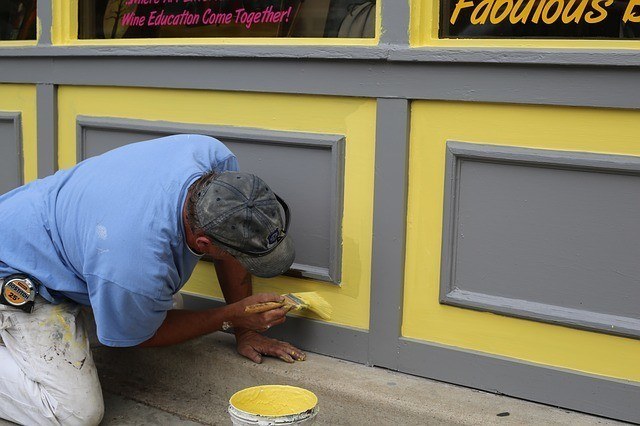Office soundproofing scenario
A client called me to review a nearly completed construction project for a family counseling practice. The facilities had a reception area and three adjacent counseling rooms that required office privacy. The client's building contractor has seemingly followed appropriate office soundproofing methods to ensure office conversation privacy in the counseling rooms.
Was the office privacy objective achieved?
More...
Office privacy
The space for these facilities was under construction during my visit, but it was essentially completed. The client explained that office partitions were constructed as double walls with steel studs. The separation between wall sections was about 1.5 inches; the separation was filled with semi-rigid white styrofoam insulation boards. The cavity between studs on both sides was filled with Safe ‘n Sound Rockwool insulation. The exposed sides of the partition were composed of one layer of drywall and one layer of QuietRock panels. The client expected that this should provide sufficient office privacy.
These walls extended from the floor to a suspended acoustic ceiling. The plenum above the ceiling was about 4 feet high and opened over all rooms. This space contained air ducts and was an air return for all rooms. The suspended ceiling encompassed air registers and lights.
All doors appeared to be standard interior hollow slab doors in steel frames.
Client’s Complaint
The client had complained that normal speech could be heard between rooms. He was very disappointed with the office soundproofing. There was a problem despite the contractor's solution of building double walls with drywall and QuietRock panels on each side.
Noise Transfer Analysis
It was immediately apparent that the newly constructed walls had adequate sound attenuation properties despite a construction error that impaired the wall's acoustic performance. The Styrofoam insulation placed in the space between the two sides of the wall was unnecessary. Rather than helping, it made the structure worse because it created a mechanical coupling between two parts of the wall.
The contractor ignored other acoustical factors, resulting in inadequate office soundproofing. The ceiling was utterly inadequate; any sound would travel from a room, through the suspended acoustical ceiling and the common plenum, to other adjacent rooms. It is a common misconception among contractors that an acoustical ceiling eliminates sound transmission. Having a suspended acoustic ceiling provides minimal resistance to sound transfer.
Furthermore, no provision was made to reduce sound transmission through air ducts located in the ceiling plenum and connecting all rooms. Even more egregiously, each room had a clear opening into the plenum space serving as an air return.
All counseling room doors were standard lightweight hollow doors in steel frames. This door type provides only minimal sound attenuation and is unsuitable for the intended application in office soundproofing.
Could you tell me what the fix is?
Modifications must be made to soundproof the ceiling, air vents, air returns, and doors to remedy the situation. This can be done in two ways: demolishing and rebuilding the critical components or applying remedial measures. Both approaches in the project will be expensive and time-consuming.
You can click the button below to request a consulting quote from this blog's author in the Toronto area.
I always appreciate your feedback. Please use the form below to submit your comments.
